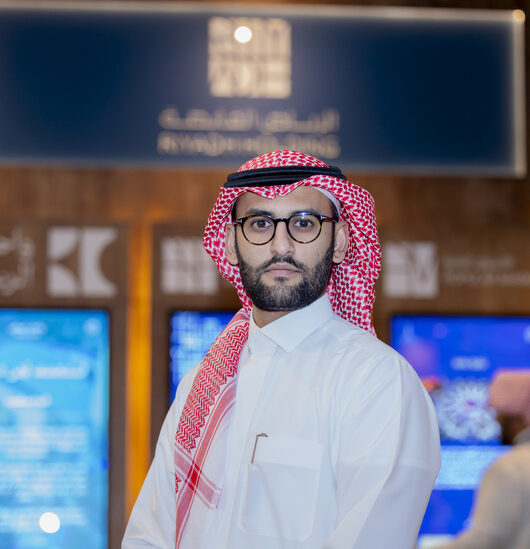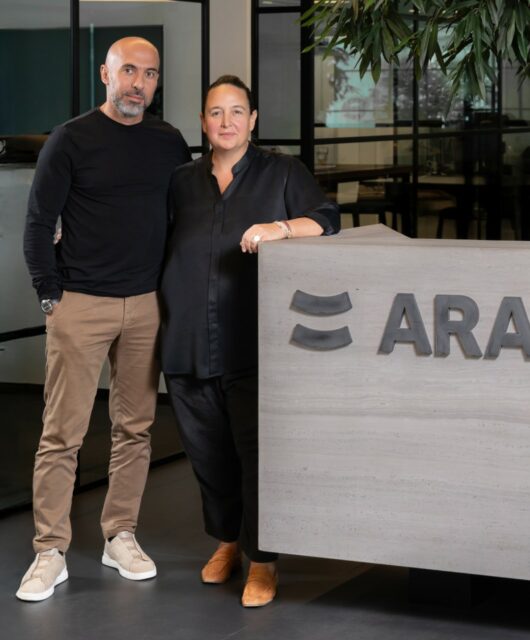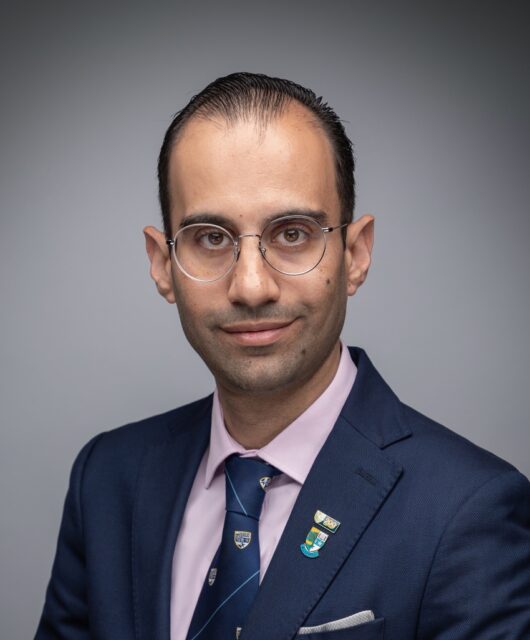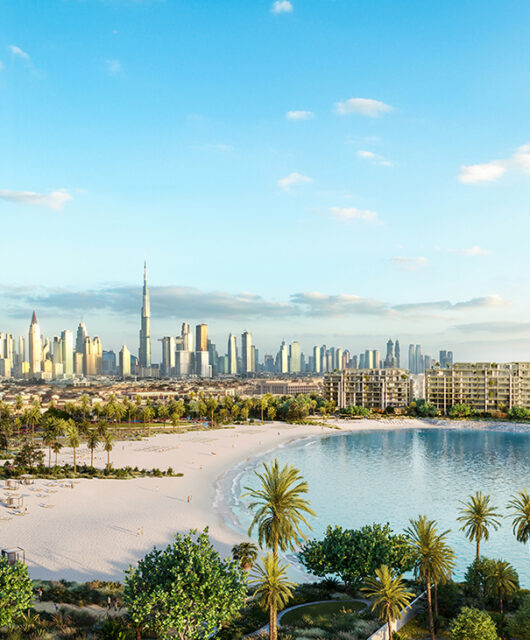The design superstar
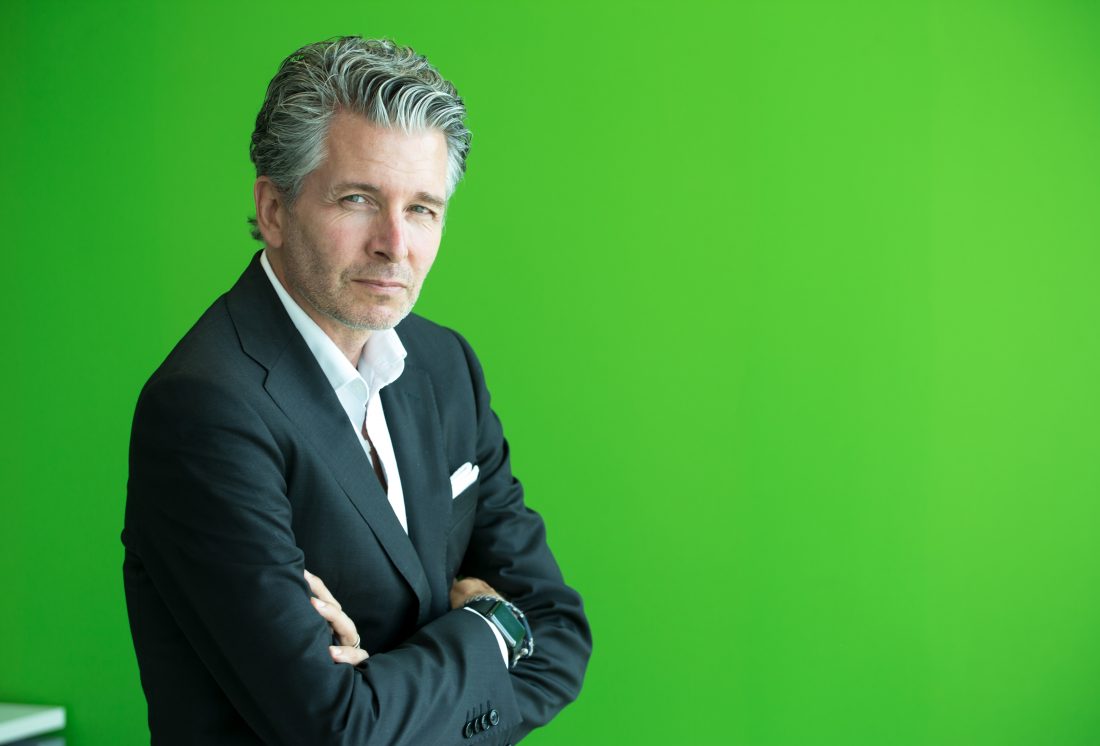 Janus Rostock, regional director, Design, Planning + Economics and head of concept architecture, AECOM Middle East, answers it all — job change, design challenges, his current strategy, and why sustainability needs to be a part of every masterplan
Janus Rostock, regional director, Design, Planning + Economics and head of concept architecture, AECOM Middle East, answers it all — job change, design challenges, his current strategy, and why sustainability needs to be a part of every masterplan
Interview by Roma Arora | Photos by Faaroq Salik
He’s an explorer, who wants to know new, a coach who works as a team, and intellectually curious, who is always eager for knowledge. Janus Rostock is all of this and much more; his new role of being a regional director, Design, Planning + Economics, and head of concept architecture, AECOM Middle East, is a challenging one and he is ready to take on the world once again. Rostock was a valuable part of the core design and architecture team at Atkins for almost 12 years and had the privilege to work with many dedicated and talented individuals as well as teams on a variety of amazing projects. Rostock calls his Atkins’ stint as ‘once-in-a-lifetime opportunity’. So what was the reason behind this recent move? Rostock smiles and answers: “I am, by nature, a curious person and being in an organisation like Atkins, has allowed me over the years to seek and take-on new challenges. This gave me exposure to a plethora of clients, project typologies, and geographies, but also allowed me to continuously challenge myself as an architect, a designer, and a leader. Being with Atkins for so long also meant that I was starting to think about what my next move should be, and how I would step out of my comfort zone and try something new.”

Every project comes with expectations and standards to achieve and for Rostock, it’s a continuous process that demands ongoing engagement and interaction with all stakeholders at every stage. He says: “Communication and transparency are key components of this. Today, we have the blessing and curse of photo-realistic renderings. They are a blessing because they allow us to clearly communicate our ideas, yet a curse because they leave very little space for design development if the client falls in love with the rendering.” Though the region is known for the neverseen- before megaprojects and towering glass skyscrapers, still Rostock feels there’s a lot of scope for improvement. “I still see a lot of improvement opportunities in how we design for people. Many building projects are still portrait in orientation and designed from a bird’s-eye view. This does not, in my opinion, create good cities and buildings. We need to design from an eye level, as this is how we as human beings experience the world.”

Architects, designers, and other knowledge workers have a tendency to naturally gravitate to where their knowledge is being used. It is therefore important for Rostock to encourage behaviour and a culture where new thinking is welcome and where team members are comfortable taking risks and sharing knowledge. “These elements are fundamental for co-creation to take place,” he emphasises. Rostock has worked on some of the most valuable projects in the region but the Dubai Opera project is the one close to his heart as he believes that projects like that of operas, museums, and cultural buildings hold more prominence because of their “democratic and public nature as well as the fact that they become the frame for other artists to express and display their talent”. So, is there something, which is still unfamiliar to you in design? Rostock instantly replies: “As an architect, I would love to work on a museum as this is a typology that I have touched on in design competitions but not yet experienced as a live project with a client. I would also like to do more performance buildings as these have a special place in my heart.”
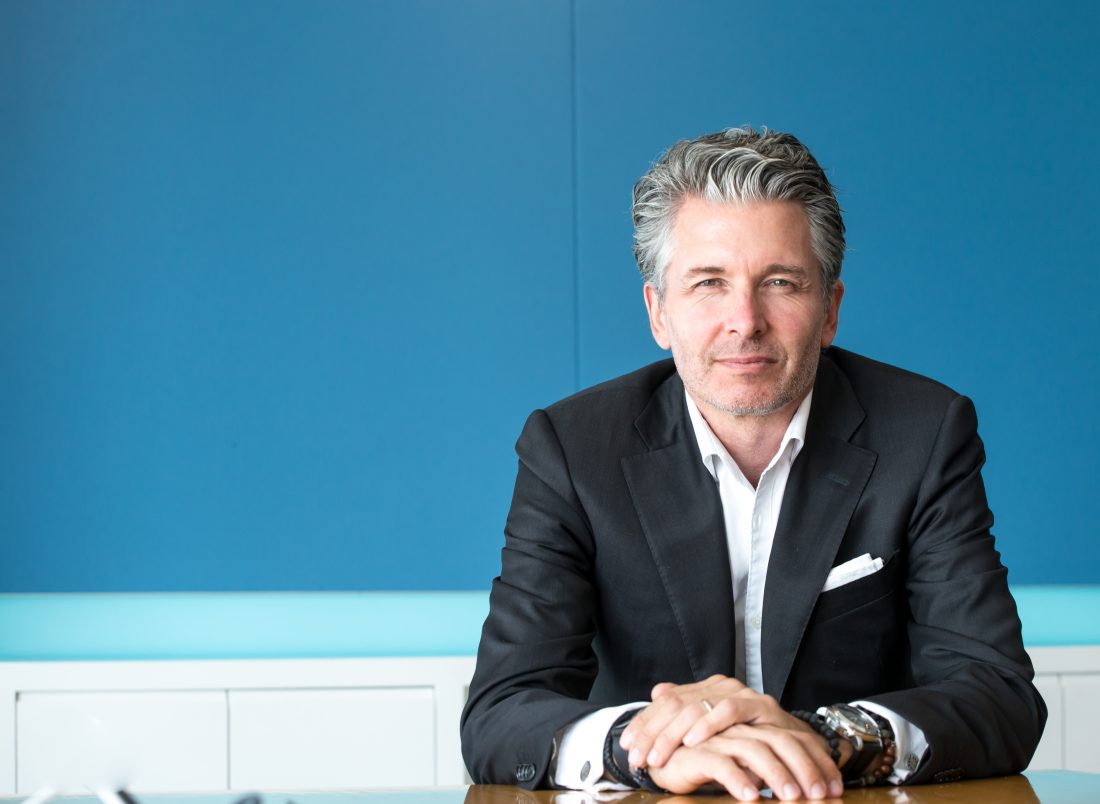
However, what are the pain points and challenges that he comes across in his field? Rostock discusses his anxieties: “I am concerned that our design stages are continuously being squeezed. The design process is where the majority of the value is generated, so I would caution anyone who views these stages as the best area to reduce a project’s timeframe.” Rostock is currently working with AECOM’s studio principals on a strategy to moving forward. Another thing he is keen on doing at AECOM is to make the world understand more about the company’s achievements and accomplishments. Rostock divulges his plan of action: “AECOM has an amazing portfolio of really outstanding work, but we have not been very good at talking about in the market. I hope to be able to change this by encouraging the teams to celebrate and share the great work we do. Interviews like are one way of getting the word out there about AECOM’s capability and the team’s talent.” Rostock firmly believes in the power of technology and automation in the field of design, “I would expect to see more automation in drawing production and parametric design being part of every design. Hopefully, this will allow us as designers to spend more time on the areas where we add will add the most value.”
He hopes that the future of the industry is one where the quest for design quality and sustainability is front and centre of everything we do. “I believe that being an architect comes with an enormous responsibility. The buildings that we create have a design life of 50-100 years and it is, therefore, crucial that they stand the test of time. Buildings will always be an expression of the period in which they were built but should also be admired by future generations for their contribution to history,” Rostock signs off.
Rostock sums everything about how design is and how it should be and clearly he is at right place to bring all the critical changes for a better and more sustainable world of design and architecture.



